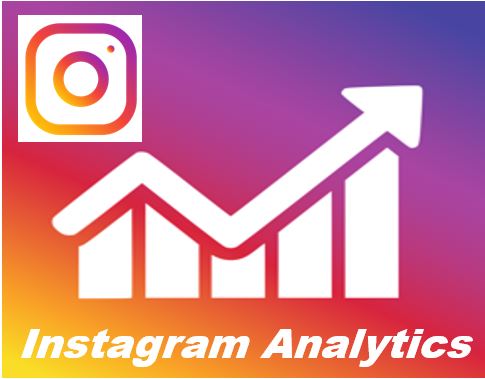Instagram Analytics is a powerful tool that provides valuable insights into how your content is performing and how your audience is engaging with your brand. By leveraging these analytics, you can refine your marketing strategies to improve engagement, increase conversions, and enhance your overall brand presence on the platform. Here’s how to effectively use Instagram Analytics to refine your marketing strategies.

Table of Contents
Toggle1. Access Instagram Analytics
To get started, you need to access Instagram Insights, which is available for business accounts and creator accounts. Here’s how to find it:
- Open Your Profile: Tap on your profile picture in the bottom right corner.
- Insights Button: Click on the “Insights” button on your profile. This will take you to the analytics dashboard where you can view various metrics.
2. Understand Key Metrics
Familiarize yourself with the key metrics provided by Instagram Analytics. Here are some essential metrics to monitor:
- Impressions: The total number of times your content was displayed.
- Reach: The number of unique accounts that have seen your content.
- Engagement: The total interactions (likes, comments, shares, saves) your content has received.
- Follower Growth: The increase or decrease in your followers over a specific period.
- Website Clicks: The number of clicks on the link in your bio or Story.
Understanding these metrics will help you gauge your content’s performance and your audience’s behavior.
3. Analyze Content Performance
Dig into the performance of individual posts and Stories to see what resonates with your audience. Here’s how to analyze your content:
- Identify Top-Performing Posts: Look at which posts have the highest engagement and reach. Analyze the content type (e.g., images, videos, carousels) and themes (e.g., promotions, behind-the-scenes) that perform best.
- Evaluate Story Performance: Review your Instagram Stories to see which ones had the highest completion rates and engagement. Note the types of content (polls, questions, videos) that encouraged interaction.
4. Understand Audience Demographics
Instagram Analytics provides insights into your audience’s demographics, which can help tailor your content strategy. Key demographics to consider include:
- Age and Gender: Understand the age groups and gender ratios of your audience to create content that appeals to your target demographic.
- Location: Knowing where your followers are located can inform your posting schedule and help you create content that resonates with specific regional audiences.
5. Monitor Engagement Patterns
Track engagement patterns to determine when your audience is most active. Here’s how to use this data effectively:
- Best Times to Post: Analyze the times when your posts receive the most engagement. This information can help you schedule your posts for maximum visibility and interaction.
- Content Frequency: Assess how often you should post based on engagement levels. Finding the right balance can enhance audience engagement without overwhelming them.
6. Set Goals and KPIs
Use the insights gained from Instagram Analytics to set specific goals and key performance indicators (KPIs) for your marketing strategy. Consider goals such as:
- Increase Engagement: Aim for a specific percentage increase in likes and comments over a set period.
- Grow Followers: Set targets for follower growth based on past performance.
- Drive Traffic: Track website clicks and aim to increase them through strategic content planning.
7. A/B Testing
Use A/B testing to experiment with different types of content and strategies. Here’s how to implement this:
- Create Variations: Develop two variations of a post (different visuals, captions, hashtags) and monitor their performance.
- Analyze Results: Use Instagram Analytics to determine which variation performs better. This data will inform your future content strategies.
8. Adapt Your Strategy
Regularly review your Instagram Analytics to refine your marketing strategies based on your findings. Here are some tips for adapting your strategy:
- Content Adjustments: If certain types of content consistently perform better, consider increasing their frequency and exploring related themes.
- Audience Engagement: If engagement rates drop, experiment with different engagement tactics, such as questions, polls, or interactive Stories, to reignite interest.
- Campaign Evaluation: After running specific campaigns, analyze their performance to identify what worked and what didn’t. Use these insights to enhance future campaigns.
9. Keep Learning
Stay updated with Instagram’s evolving features and analytics tools. Continuously educate yourself on best practices, industry trends, and changes in consumer behavior to ensure your marketing strategies remain relevant and effective.
Conclusion
Using Instagram Analytics is essential for refining your marketing strategies and maximizing your brand’s impact on the platform. By understanding key metrics, analyzing content performance, monitoring audience engagement, and adapting your strategies accordingly, you can create a more effective and tailored approach to your Instagram marketing efforts. Regularly reviewing your analytics will empower you to make informed decisions and drive better results for your brand!


No responses yet